222 Bowery
NY, NY 10012
NY, NY 10012
In the late 1800s, the Bowery was a grim and impoverished neighborhood, full of cheap bars, shelters, and brothels.
Building on its mission to create safe community centers for young people, the Young Men’s Christian Association (YMCA) built a new home at 222 Bowery, completed in 1885, and established the Young Men’s Institute, where members attended classes, played sports, and socialized with others.
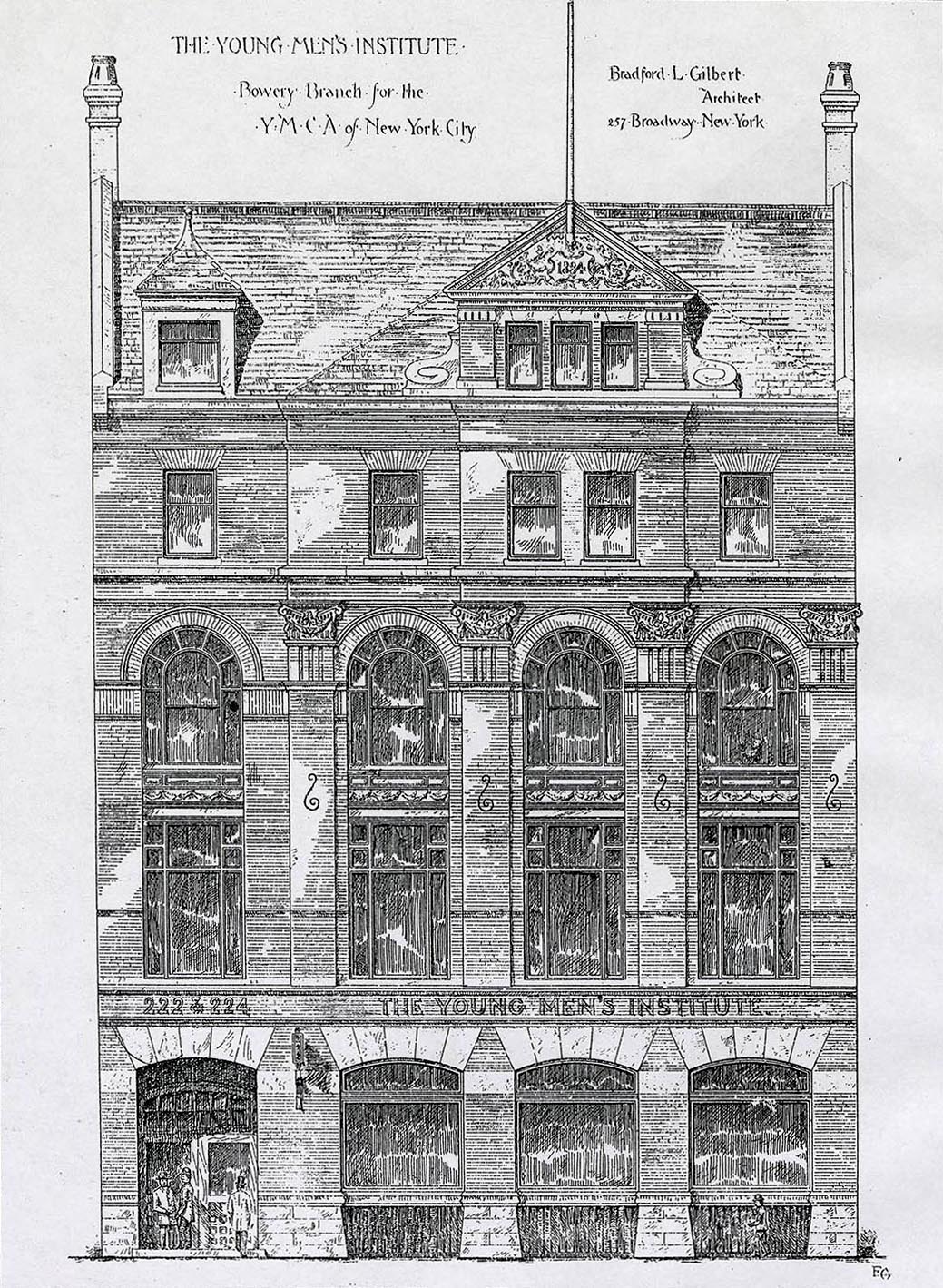
Shortly after moving in, Wapnowitz was approached by an artist, John Opper, who was looking for a studio and asked to rent one of the upper floors of the building. He also promised to find other trustworthy tenants who could fix up and take care of the other floors. Over the course of the next few decades, the building filled up with artists.
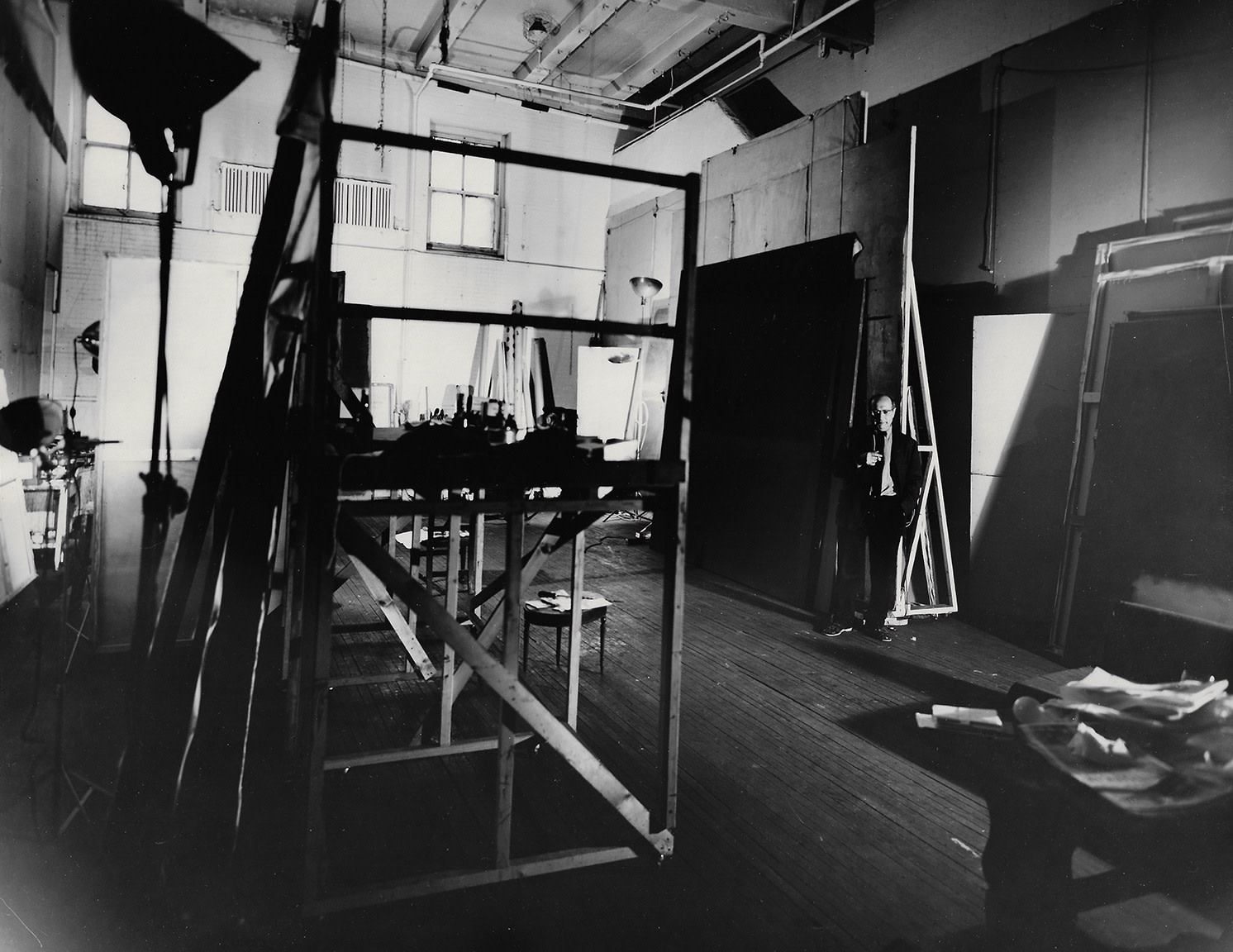
In 1961, the artist Wynn Chamberlain moved into a loft on the 3rd floor, the first to live in the building, and convened many parties. In 1963, for example, he hosted a birthday party for a young poet, John Giorno, who was turning 27. Guests included Alex Katz, Trisha Brown, John Cage, Merce Cunningham, Jasper Johns, Brice Marden, Robert Morris, Robert Rauschenberg, Roy Lichtenstein, Claes Oldenburg, Steve Paxton, Yvonne Rainer, Barbara Rose, James Rosenquist, Frank Stella, Tiny Tim, Frank O'Hara, and Andy Warhol, among others.
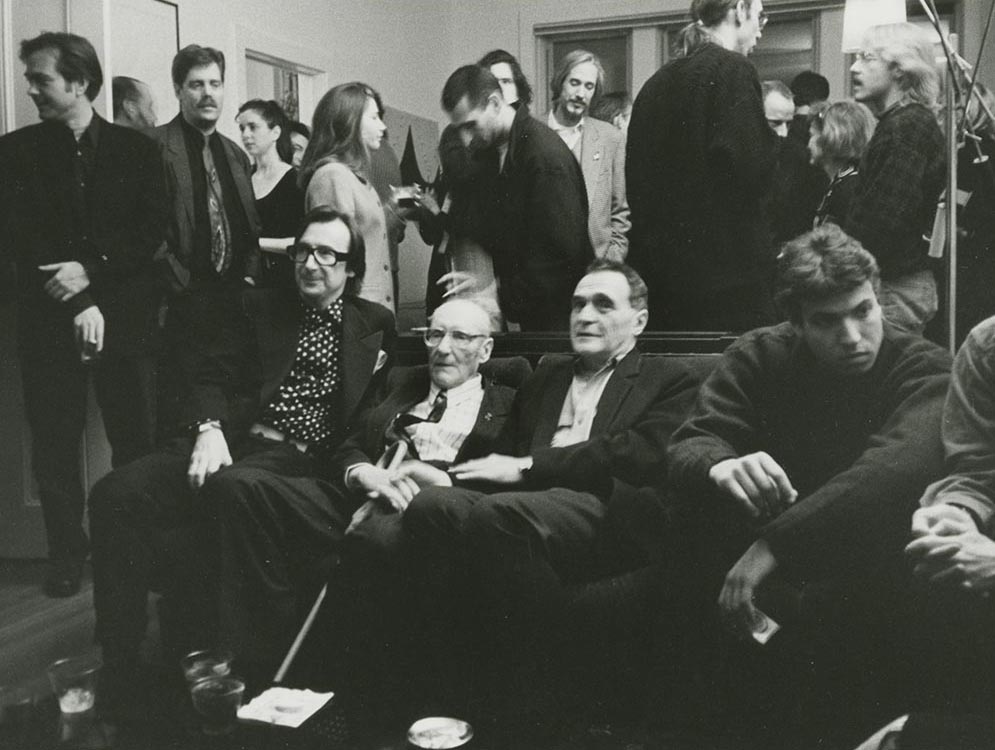
One day, Warhol asked Wapnowitz if he would sell the building to him, showing up with some of his paintings to offer as payment. Wapnowitz passed.
Building on its mission to create safe community centers for young people, the Young Men’s Christian Association (YMCA) built a new home at 222 Bowery, completed in 1885, and established the Young Men’s Institute, where members attended classes, played sports, and socialized with others.

Architectural Drawing of 222 Bowery, 1886. W.T. Comstock.However, the neighborhood kept getting worse, and membership kept decreasing. In 1915, a renovation added a swimming pool and a basketball court, which helped, but the YMI ultimately closed in 1932, in the depths of the recession. In 1940 and 1941, the French painter Fernand Léger, fleeing the Nazis during the war, was allowed to live and work in the empty (and unheated) building. In 1941, it was rezoned for loft / light industrial use and sold to the X-Ray Manufacturing Corporation of America, which fabricated dental equipment there. That didn't last long, and the building was left mostly empty in subsequent years, until, in 1958, it was sold to Sam Wapnowitz, who opened Tip Top Equipments on the ground floor, selling chairs and bar stools of all shapes and sizes.
Shortly after moving in, Wapnowitz was approached by an artist, John Opper, who was looking for a studio and asked to rent one of the upper floors of the building. He also promised to find other trustworthy tenants who could fix up and take care of the other floors. Over the course of the next few decades, the building filled up with artists.

Mark Rothko in his studio at 222 Bowery, c. 1950sOne of the first to arrive was the painter Mark Rothko, who, in 1958, moved his studio into what was once the gymnasium in order to paint a series of large murals for the soon-to-be-completed Seagram Building. Later on, Michael Goldberg and Lynn Umlauf had their studios there, and paid their rent with paintings. Jackson Pollock's older brother Charles Pollock, the painter Warren Brandt, and the journalist-turned-painter William Walton, a close friend to President Kennedy and his wife Jackie, all had studios there.
In 1961, the artist Wynn Chamberlain moved into a loft on the 3rd floor, the first to live in the building, and convened many parties. In 1963, for example, he hosted a birthday party for a young poet, John Giorno, who was turning 27. Guests included Alex Katz, Trisha Brown, John Cage, Merce Cunningham, Jasper Johns, Brice Marden, Robert Morris, Robert Rauschenberg, Roy Lichtenstein, Claes Oldenburg, Steve Paxton, Yvonne Rainer, Barbara Rose, James Rosenquist, Frank Stella, Tiny Tim, Frank O'Hara, and Andy Warhol, among others.

William Burroughs, John Giorno, and others at 222 Bowery, c. 1990. Photo by Allen GinsbergAnother party at Chamberlain's loft, in 1965, featured a reading by William Burroughs and a demonstration of Brion Gysin's Dream Machine, and included guests like Diane Arbus, Richard Avedon, Beverly Grant, Marisol, Barnett Newman, Jack Smith, Karlheinz Stockhausen, and Andy Warhol. An eyewitness account of the evening was published in The New York Times.
One day, Warhol asked Wapnowitz if he would sell the building to him, showing up with some of his paintings to offer as payment. Wapnowitz passed.
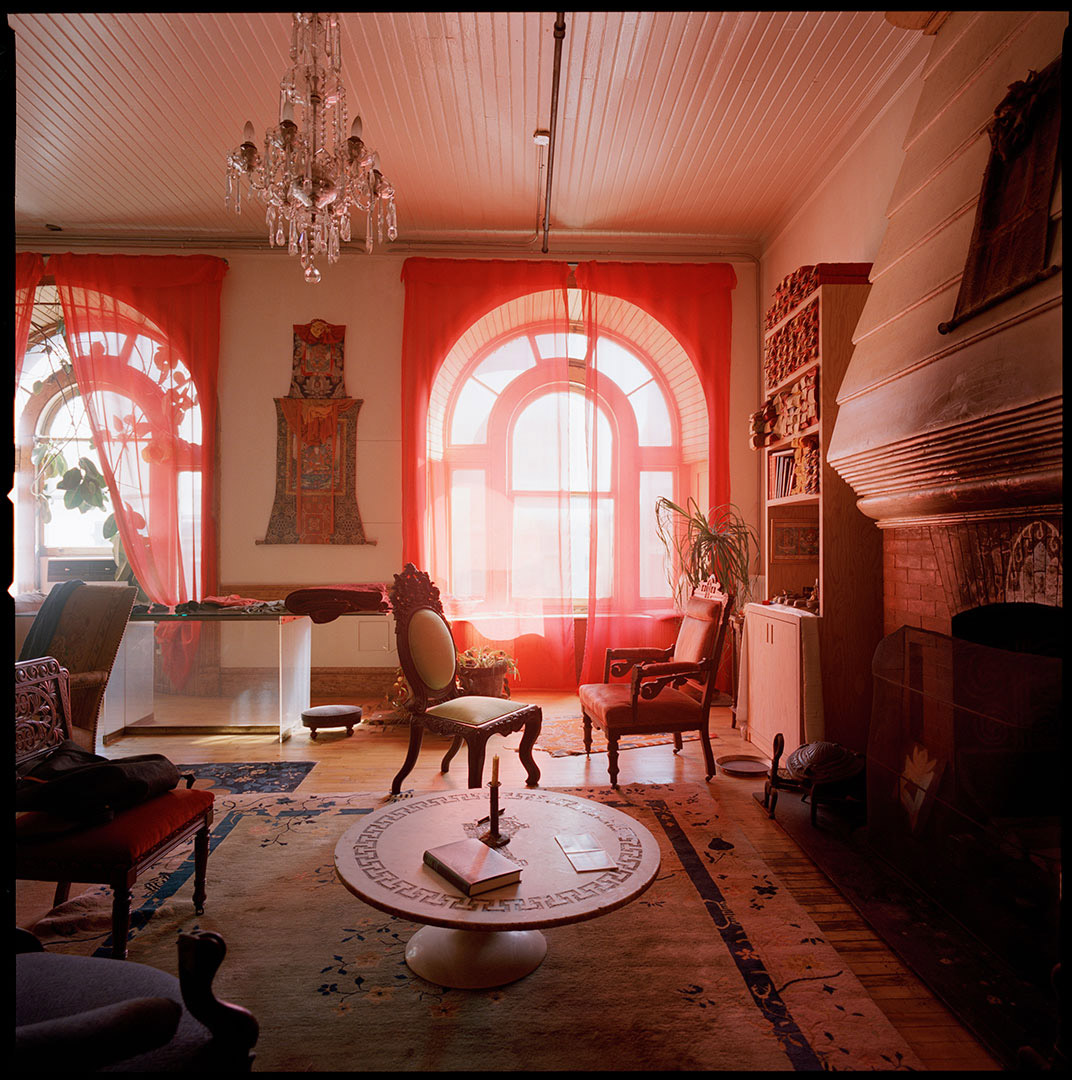
John Giorno's loft at 222 Bowery, 2023. Photo by Jason FulfordIn 1966, John Giorno moved back to New York after some time in Morocco, broke and heart-broken after splitting up with Brion Gysin, and didn't want to move back in with his parents in Long Island. Chamberlain told him about a loft on the second floor of 222. Giorno moved in and never left. He lived there for over 50 years, until he died in 2019.
In 1976, Giorno told Burroughs about an empty loft in 222, on the mezzanine level, which had been the YMCA's locker room. Burroughs lived there until moving to Kansas in 1982, but kept the space until he died, staying there whenever he was in New York. His loft quickly became a gathering place for the punks and poets of New York, including Debbie Harry, Mick Jagger, Lou Reed, Patti Smith, Susan Sontag, Joe Strummer, and Jean-Michel Basquiat. With its low ceilings and little natural light, the loft became known within the community as The Bunker.
In 1977, Lynda Benglis took over the 2nd floor loft from William Walton. She still owns it today.
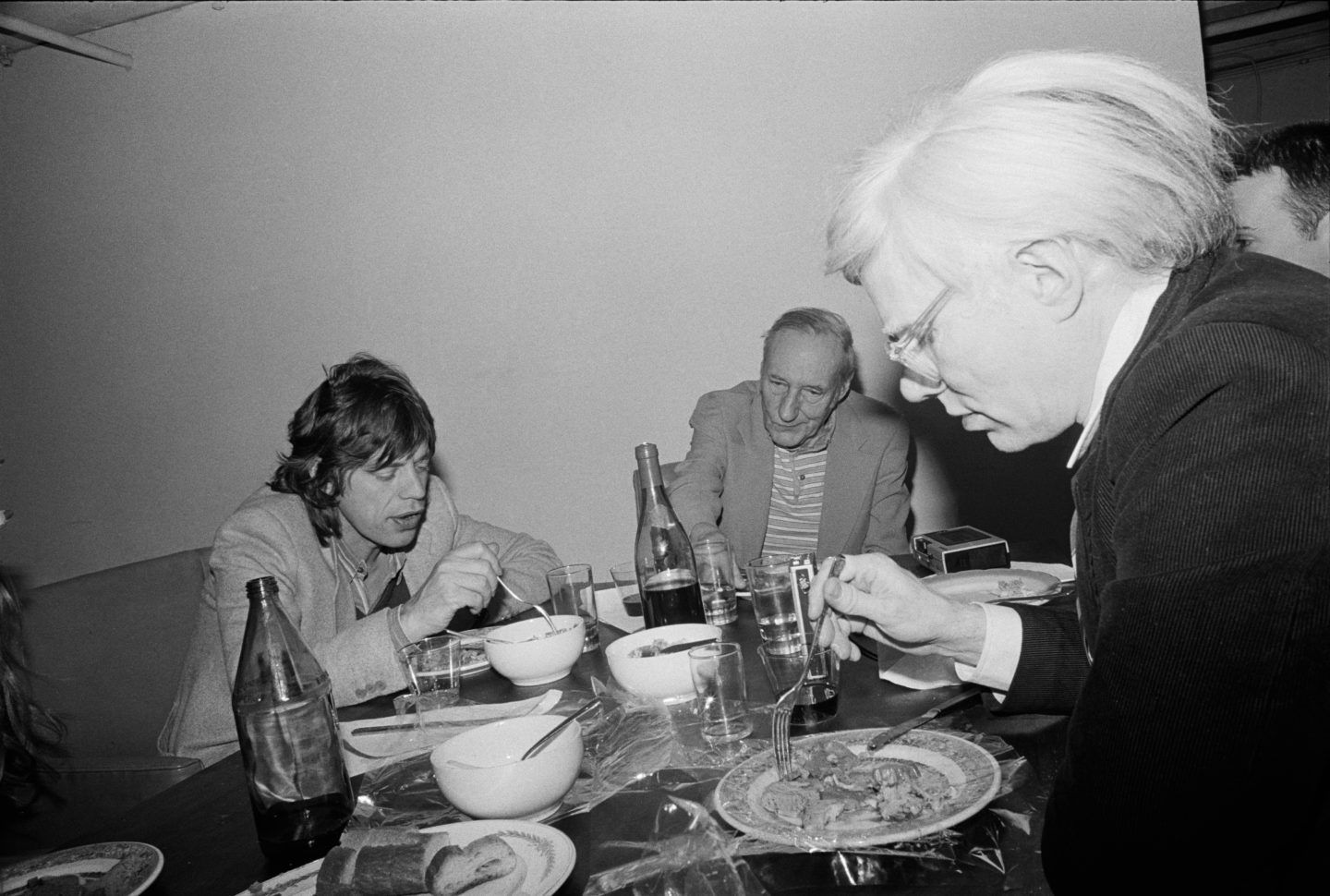
Mick Jagger, William Burroughs, Andy Warhol at 222 Bowery, 1980. Photo by Marcia ResnickAfter Burroughs moved out in 1982, Giorno began using The Bunker, hosting countless dinners and parties. He also made it available to the Tibetan Buddhist community, and monks from the Padmasambhava Buddhist Center established a shrine and led regular meditation retreats and teachings for those interested in Nyingma Buddhism. These retreats continue to this day and take place the second Saturday of every month.
In 1997, when Burroughs died, Giorno purchased The Bunker from his estate, but he kept Burroughs's bedroom intact. The room remains unchanged to this day, with the bed, books, magazines, shoes, and other personal affairs that Burroughs once lived with and left behind.
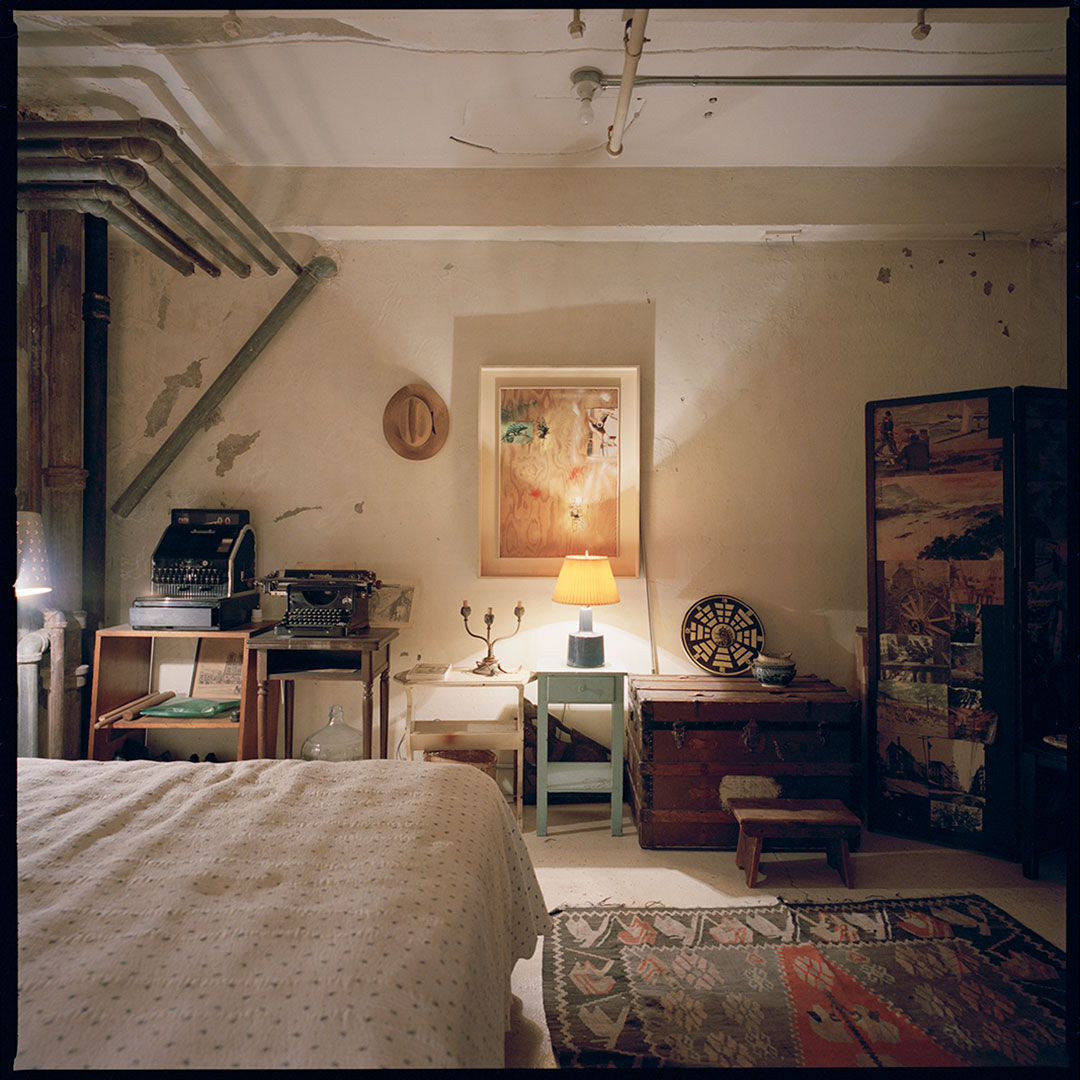
The Bunker at 222 Bowery, 2023. Photo by Jason Fulford
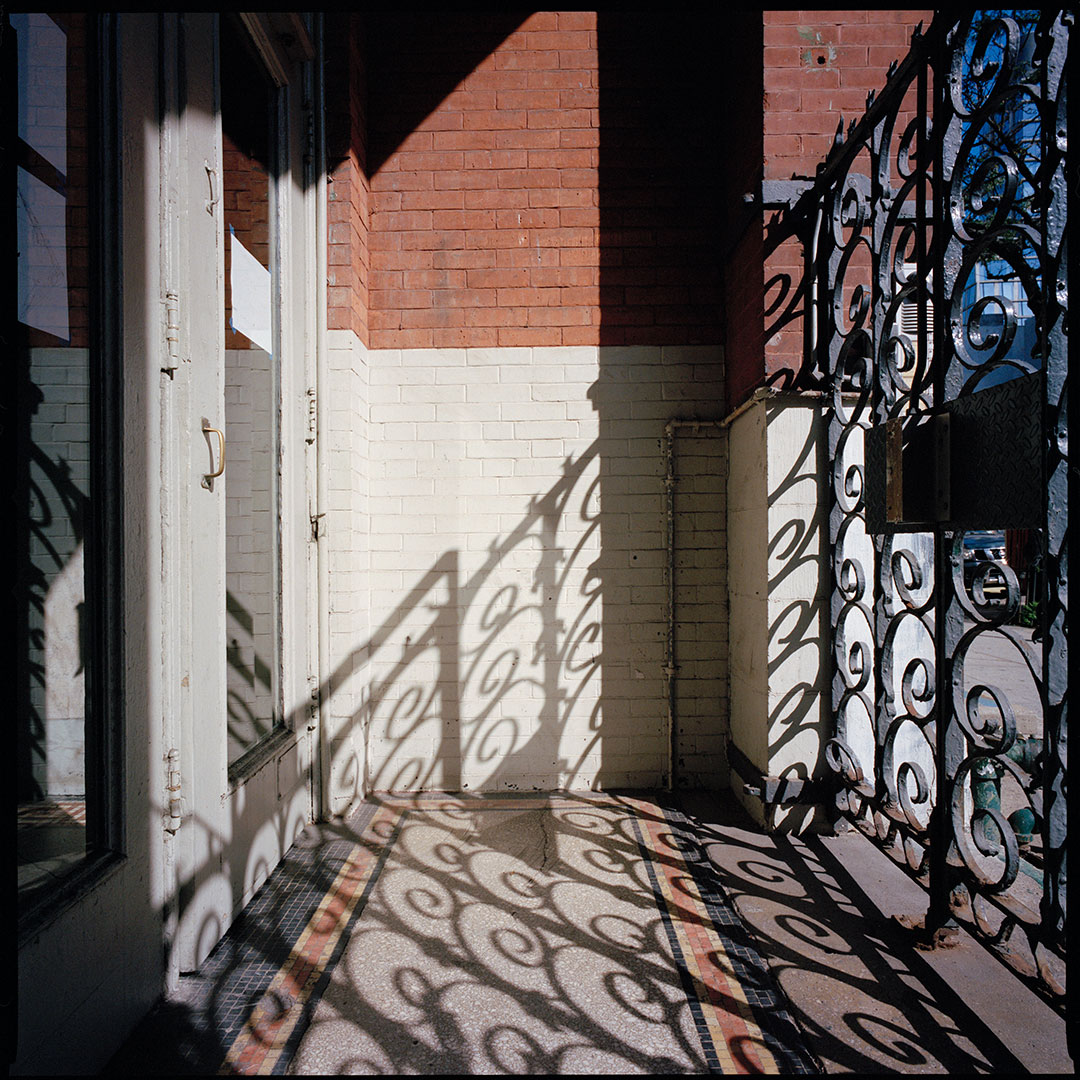
Entry gate and front door at 222 Bowery, 2023. Photo by Jason FulfordIn the late 1990s, Giorno did something remarkable: he got in touch with the Historic Districts Council, a local non-profit, and, together, they filed an application to the New York City Landmark Preservation Commission, which led to 222 Bowery being awarded the status of Historic Landmark, protecting it from any future attempts to demolish or alter it.
When Giorno died in 2019, The Bunker became the headquarters of Giorno Poetry Systems.
*
Thank you to Clément Ghys, whose book Le passant du Bowery, provides a detailed historical account of 222 Bowery.
